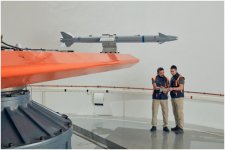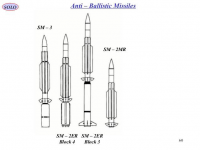Drag coefficient values through water would be identical to air. That is physics. Aerodynamics and fluidics laws govern these. When fully submerged a submarine goes faster. Because it’s aerodynamic shape allows this to happen and there are no external factors like waves etc. But when it is at surface it needs something to pierce though waves and surface water. Because it hasn’t got it; It is slower. At surface the ships are constantly moving from one less dense medium in to more dense medium and back again. When fully submerged air or water is the same. Drag coefficients with respect to aerodynamic shapes are the same.
Because you are moving between different densities at an irregular manner, shape of the vessel and the piercing capability through the waves play a big part with speed. A ship is in a way a compromise between aerodynamic shape (because of it’s submerged part) and a piercing machine (Because of it’s main body above water).
Those parts regarding to the hydrodynamics is not that easy to deduce from aerodynamics, otherwise we wouldn't need naval architects and aeronautical engineers would have been able to design ships.
Viscosity, density -- flow separation, free-surface waves are more important in the hydro-dynamics,
Even in "dynamics" part, hydro-dynamics and aero-dynamics differ a lot but yes basic knowledge of one,allow another one to be understood for the beginning or the science of it.
We literally neglect effect of the air in the application. The ships hull is designed for the water, that up and down motion, is studied within ship motions (sea-keeping) and flare and hull-shape is studied according to the keep the sea-keeping better not really related to the existence of the air.
The only concern is the air-wake, not the air-drag. air-wake is studied in some cases of which you can see some "aerodynamically" design parts above the hull where water does not reach and used to adjust the air-wake.








